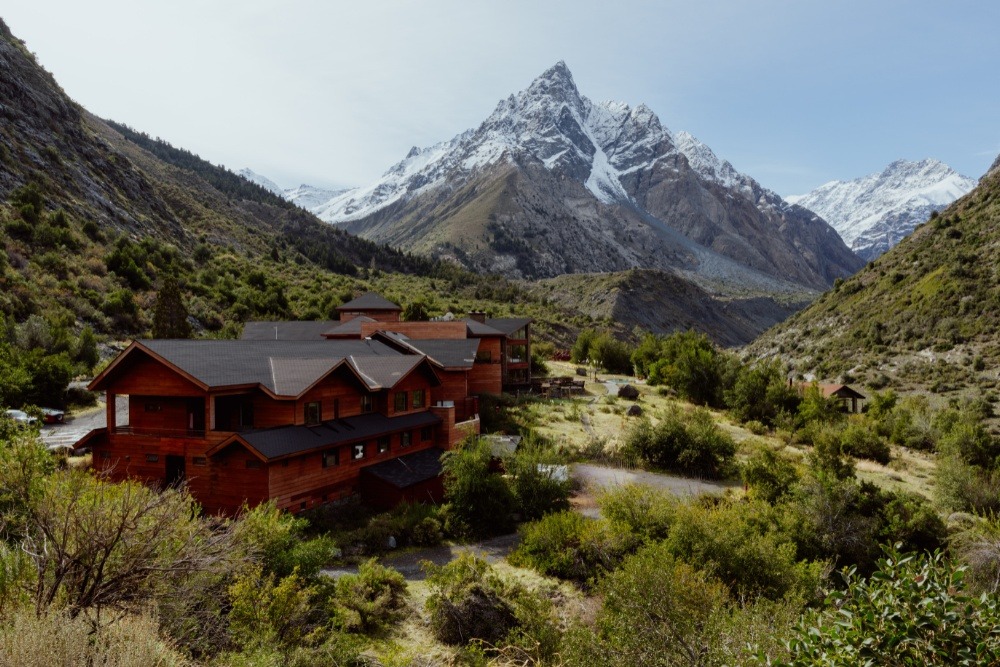Location is often the first thing you will need to decide upon when choosing a heli ski trip. So when it comes to choosing between heli skiing in British Columbia vs Alaska, how can you even begin? They are both so different, yet so close to one another. Rather than bang your head against the wall or throw darts at a map, we’ve gone ahead and we’ve done the hard work for you. Let’s talk about the differences between Alaska and Canada for your next heliskiing trip.
Knowing the features and terrain that make Alaska and British Columbia so unique will help set you on a straight path to deciding which one is best for you. The other things to consider are timing, budget, ability and access. Let’s break down the top factors to consider when choosing between Alaska and Canada.

1. Access
How far are you willing to go for adventure? Want an escape to a remote location? These are the questions you will need to ask yourself when choosing between Alaska and Canada. Though you can find very remote operations in both locations, generally speaking Alaska will be a bit more remote and harder to reach when compared to British Columbia.
If you are looking for ease of access, many Canadian heli skiing outfits are based in popular ski towns and some have drive in access. More remote lodges will be accessible via commercial flights directly into Calgary or Vancouver, or more remote airports, like Kelowna or Kamloops. Some might require a transfer on a smaller charter to a regional airport. Many operations in Canada will offer heli transport or small flight transportation included in the price to more remote locations. Check in the inclusions section on our packages to see if a transfer is included. In general, Alaska can sometimes be a bit harder to reach, but often worth the adventure.
It’s always a good idea to look at arrival airports and flight costs when considering any trip. It can make a difference in your overall cost. We can help walk you through your travel options to better understand what is involved.
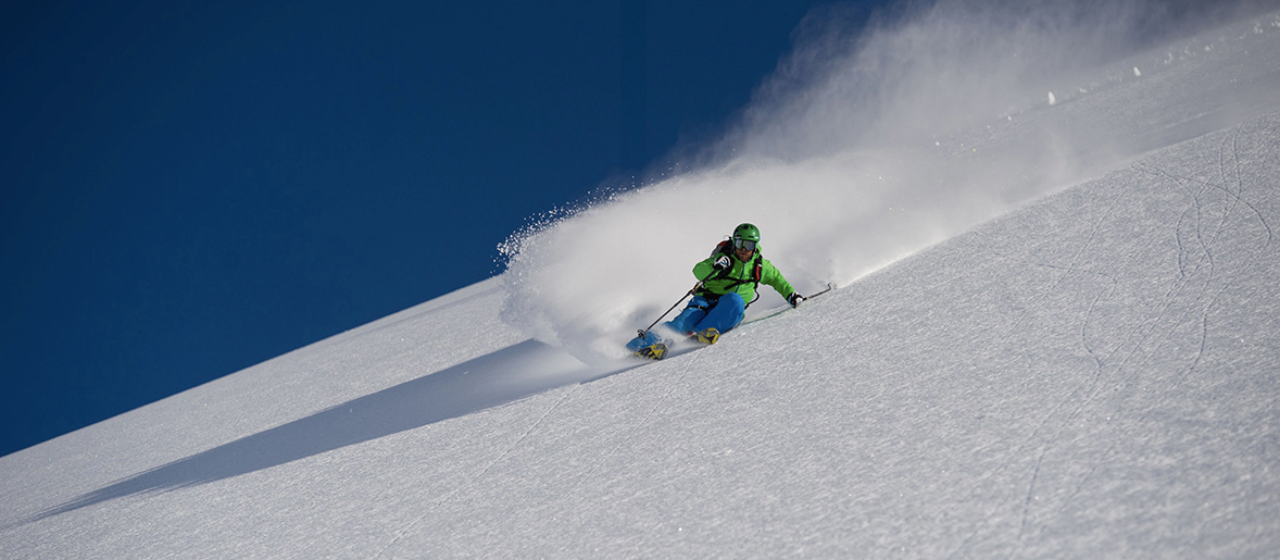
2. Snow Stability
Alaska is known for extremely stable and steady snow conditions, which means you have the ability to ski steep pitches on different aspects. This is because Alaska’s snowpack is affected by the Pacific. That moisture keeps the snowpack dense and tight to the mountain, sticking to even the steepest pitches.
Combine that with cold temperatures and Alaska becomes the place for steep runs with powder. It’s one of the only places in the world where you will find soft turns on a steep slope! You can even ride a 60 degree pitch (if that’s what you are looking for). If you want a serious challenge and a good rush, Alaska is the place to go.
In Canada, the variety of terrain will allow guides to manage the snowpack to their advantage. They will take the group to zones where the snow is very stable, regardless of the previous weeks snowfall. Since most operators have a large tenure at their disposal, there is always a safe and deep zone waiting to be skied. That means guides can take you to find those sheltered powder fields or perfect trees when the weather conditions change. Or, you can ski those high alpine ridges on bluebird days. Variety is the spice of life, eh?
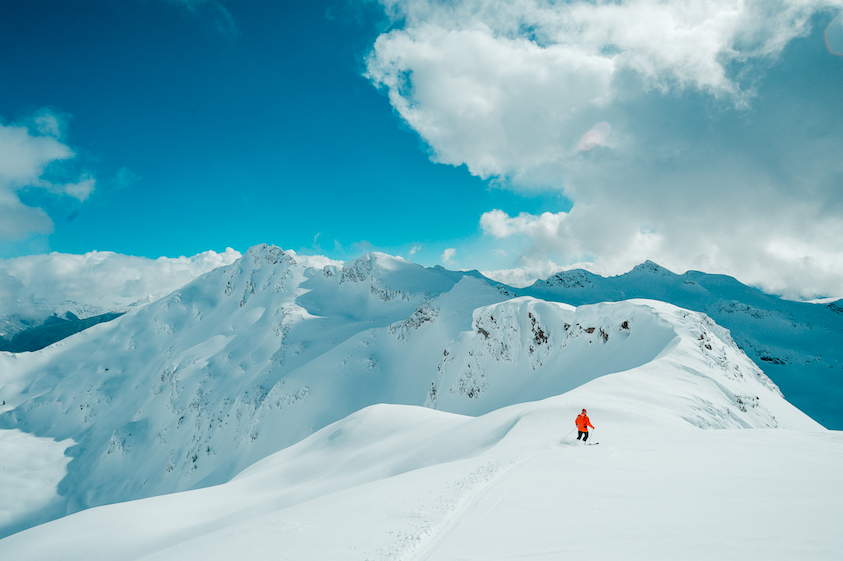
3. Spines or Pillows
Steep lines and spines are the reason why many skiers and riders head to Alaska annually. If you’re looking for good tree runs, you’ll only find them around Haines. Canada will offer a wide variety of terrain – everything from tree skiing, to pillow fields, to wide open bowls are ready to be skied. Each operator has a different tenure, and accesses different regions. In those regions, many will have different areas with different types of terrain and varying levels of difficulty. Canada will have something for everyone, even if you have a group with varying levels of ability.
When you get down to the nitty gritty, or if you want to ski a very specific type of terrain, there will be key differences between every operation in Alaska and Canada, but we probably can’t cover all that info here. Give us a call, and we can answer any questions you may have.
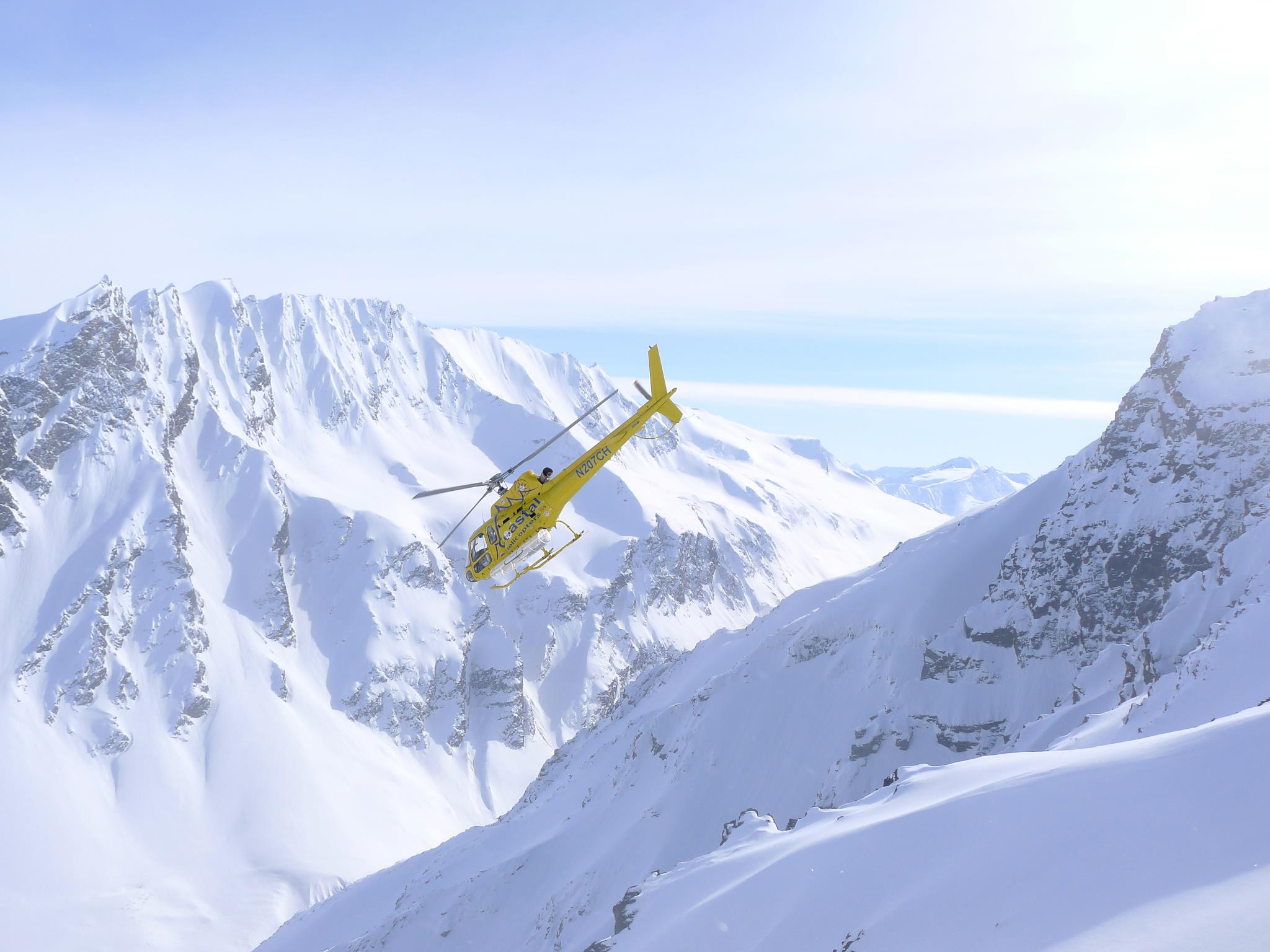
4. Snow Conditions and Snowfall
Between the Farmer’s Almanac and Unofficial Network’s reports on El Nino vs La Nina, there is a lot of information out there that attempts to predict snowfall and depth. However, even when looking at historical records for an area, it’s not going to help you pick the perfect date or place to go heli skiing. But there are some good rules of thumb to help you out.
The Pacific Ocean has a lot to do with the amount of snowfall each region gets. The closer you are to the ocean, the higher the amount of snowfall. However, proximity to the ocean also means more moisture content in the area, leading to very different snow conditions than the inland cold smoke powder, which is light and dry.
Interior BC, with its lower humidity and colder temperatures, will often have light, powder snow that will last for long periods on Northern facing slopes or in tree’d areas. This is the powder of legend for places like Golden, Revelstoke and what you’ll find as you head further inland.
Higher elevation or further distance north will mean colder temperatures. Colder temps mean deeper and lighter snowfall (more of that storm system results in snow rather than mixed precipe).

5. Accomodations
The lodges in British Columbia will offer more luxury accommodations than Alaska on the whole. But there is a wide variety of options in each location when it comes to lodging. It is not a rule that accommodations in Canada are better, but a luxury lodge experience is easier to come by in British Columbia.
Some operations in Alaska won’t offer lodging as a way to reduce the overall cost of their offering. Others will offer a hotel, like how ASG offers a stay at the newly updated Totem in Valdez. They even offer RVs at ASG (the ultimate adventure nomad way to experience Alaskan heli skiing). On the other hand, Valdez Heli Ski Guides operates out of the Tsaina Lodge, which is fully renovated, luxury lodge with a full bar and restaurant. The different levels of luxury will be reflected in the price.
In Canada, you have the same range, but many more operators offer a luxury lodge experience. Many offer hot tubs, massage and an onsite chef. If you are looking for a ski experience with a more comfortable stay, it will be easier to find in Canada.
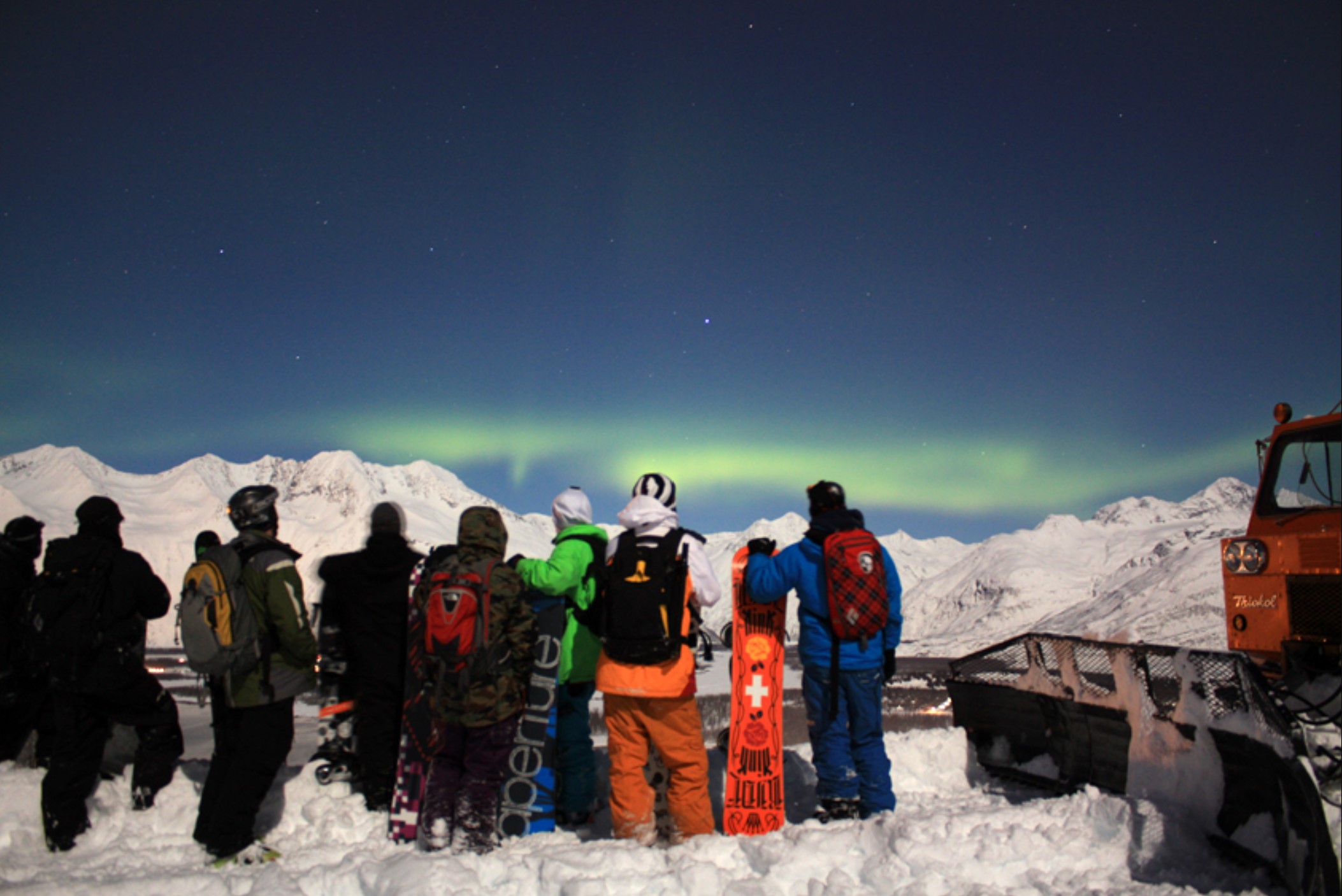
6. Group Size
How big is your group? 1-2, 4, maybe 8 people? If you want to ski together, you will need to look at what type of helicopter the outfit is using or the size of the ski groups. This might make your decision for you.
A Bell 205 can hold up to 11 guests, and is more common in Canada. Silvertip, Crescent Spur, Bella Coola, CMH, Mike Wiegele and many more use them. A smaller A-star will only hold a group of 4-6, depending on how many guides go with each ski group. This can be a great option for small groups. Smaller helicopters can have their advantages, and are often used in Alaska and BC.
Talk to us about your group size to make sure you get the most out of your heliski trip. It can often be the deciding factor between Alaska and Canada.
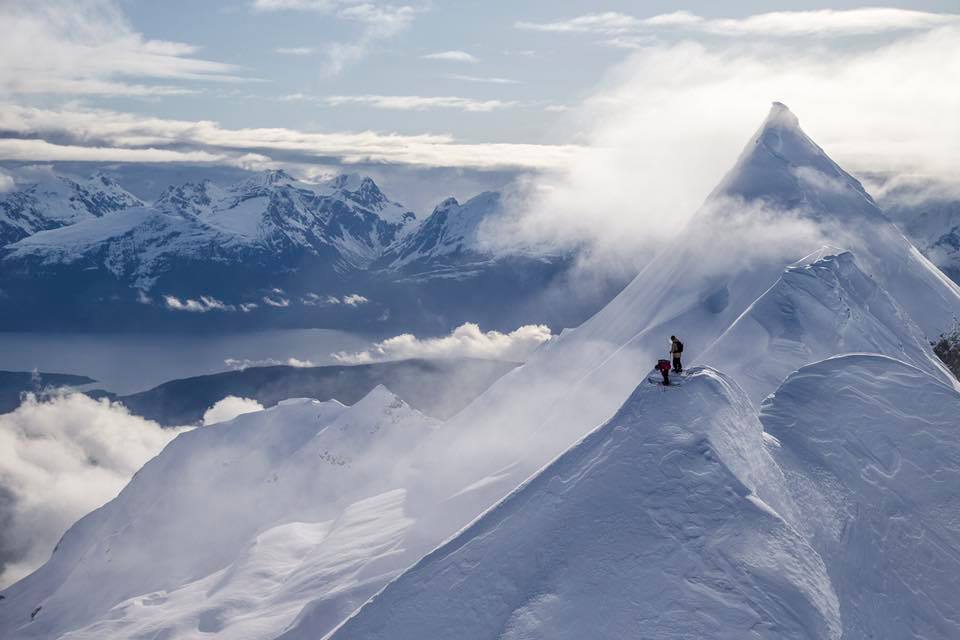
7. Trip Length (Down Days)
With Alaska heli skiing, it is common to have packages that run a full 7 days. The reason why these adventures are longer is because of the weather in Alaska. Those great storms from the Pacific have their advantages, but can also result in heavy cloud cover and low visibility. This means you can typically expect 1-2 down days in Alaska. But these Alaskan heli skiing companies are prepared for it, and usually have great down day activities like ice fishing, paintball, ping pong and more. You should expect to have a down day during your 7 days. However, there is an advantage. If every day is a good day to fly, at most operations you can pay for additional flight hours and enjoy a full week of riding.
In Interior BC, there are only a few days in which the helicopter will get grounded. There are fewer days where you cannot fly at all, and on days where there is lower visibility or certain areas that cannot be accessed, the guides can take you to lower elevations or places with less exposure. So when you book with a Canadian operator, you can expect to fly most days. So a 3 or 4 day trip means 3 or 4 days of riding.
We recommend that you always review the cancellation and down day policy of an operator before booking.
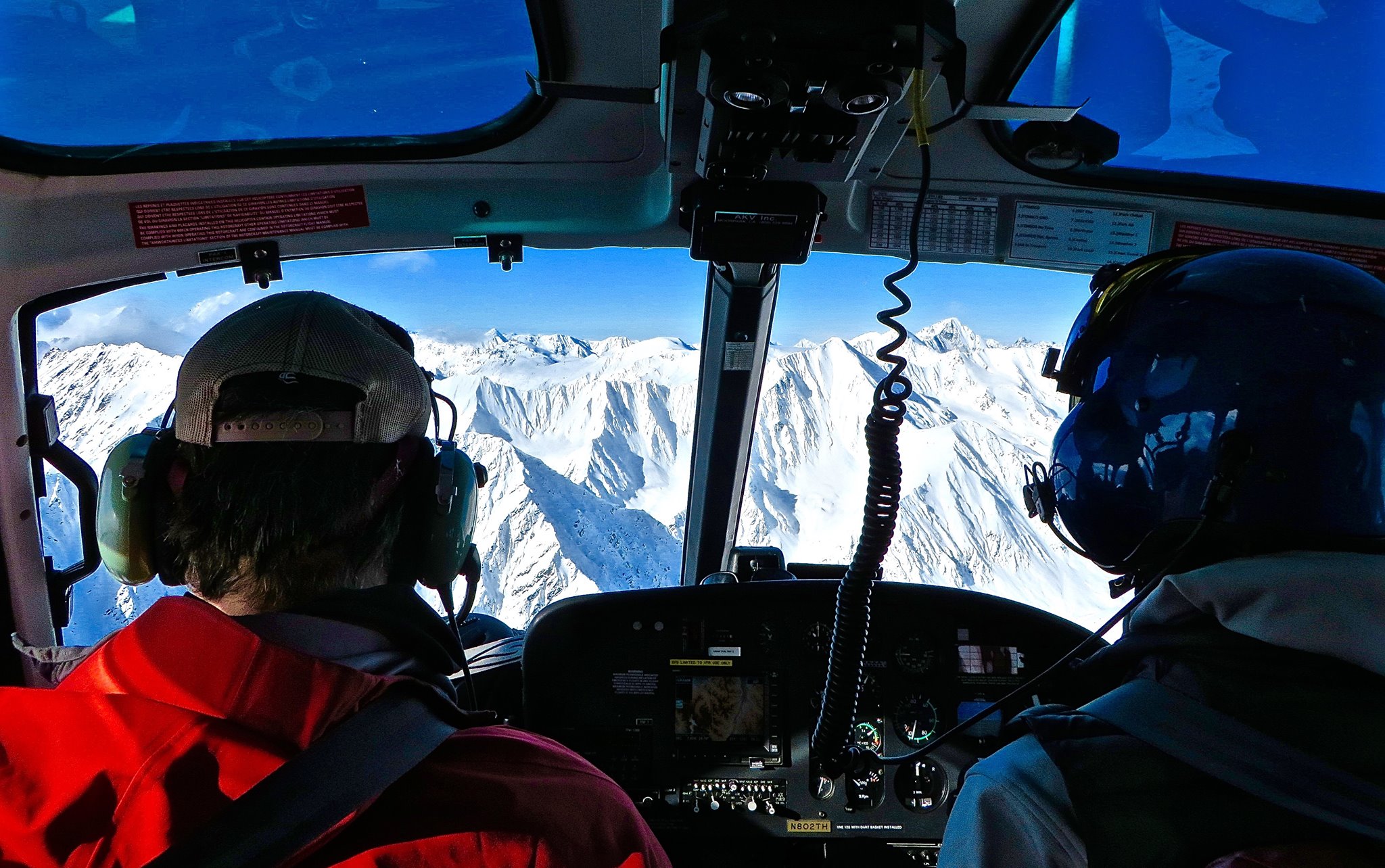
8. Budget
You can find less expensive options in Alaska than in Canada. But since there is a wide variety of options in both locations, there is always something that can work for you. By changing the length and operation, we can find something that meets your budget for heli skiing.
If you are looking for a really inexpensive option, and are willing to stay in Alaska and be on a “first call” list for when cheap seats become available, ask us about the hit list program with SEABA.
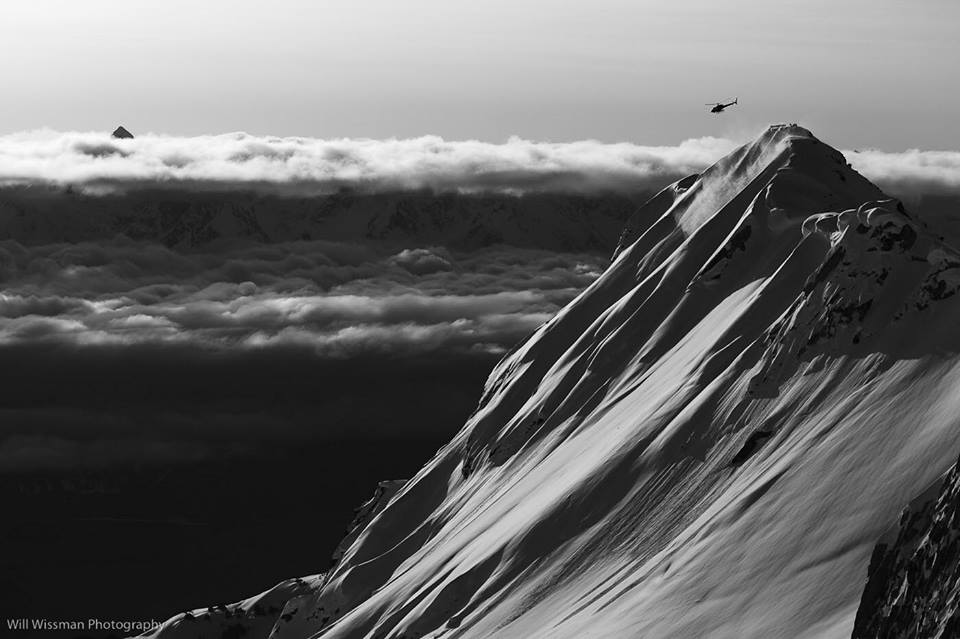
Final Thoughts
Both Alaska and Canada are such amazing choices for heli skiing. Finding the perfect fit is based on a personal formula that mixes your exact type and taste, and I know it’s hard to decide. You’ll have to do further researching and decide which terrain you want to ride and how often you want to do it. Get in touch with one of our team of experts today for free objective advice!


